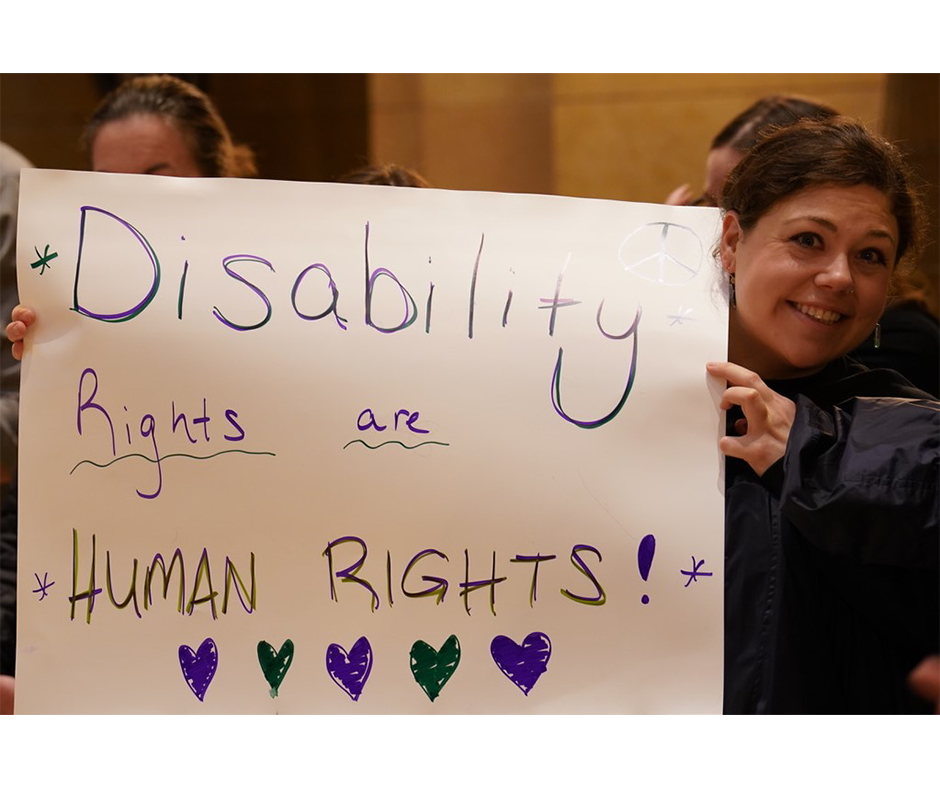
Federal Changes
Questions about federal disability civil rights protections have emerged following recent actions by the Trump administration affecting the Department of Justice (DOJ) and the Equal Employment Opportunity Commission (EEOC), the two largest federal agencies responsible for enforcing disability civil rights at the federal level. This article summarizes recent changes affecting federal disability civil rights and outlines how Minnesota state laws continue to protect people with disabilities.
The DOJ has suspended processing civil rights cases, with no timeline for resuming new case filings. This suspension affects two parts of the Americans with Disabilities Act (ADA): Title II, which covers state and local governments, and Title III, which covers businesses. Both titles prohibit discrimination against people with disabilities.
Following the illegal removal of two commissioners from the EEOC, the administration has not clarified how this change will affect disability civil rights protection. The newly appointed Acting Chair has only stated that she will comply “with the president’s Executive Orders and priorities.” The EEOC serves as the sole federal agency enforcing Title I of the ADA.
Separately, recent Executive Orders against Diversity, Equity, Inclusion, and Accessibility (DEIA) initiatives pose additional concerns. These orders make no exceptions for accessibility requirements.
These federal changes have created confusion, fear, and uncertainty in Minnesota’s disability community. Despite this, Minnesota provides strong protections for people with disabilities through several state agencies.
Minnesota Human Rights Act
The Minnesota Human Rights Act (MHRA), enforced by the Minnesota Department of Human Rights, protects all state residents and stands as one of the nation’s strongest civil rights laws. Under this law, people with disabilities have protection in:
- Employment
- Housing
- Public spaces
- Government services
- Education
- Credit
- Business
Minnesota State Building Codes
Minnesota’s disability protections also include physical accessibility requirements. The 2020 Minnesota State Building Codes includes the Minnesota Accessibility Code, enforced by state statute. This code ensures new and renovated buildings and public spaces meet or exceed ADA standards for accessible design.
Ongoing Monitoring
To ensure these protections remain strong, the Minnesota Council on Disability continues to monitor federal changes and assess their impact on people with disabilities in Minnesota. We will provide updates through our newsletter and blog.